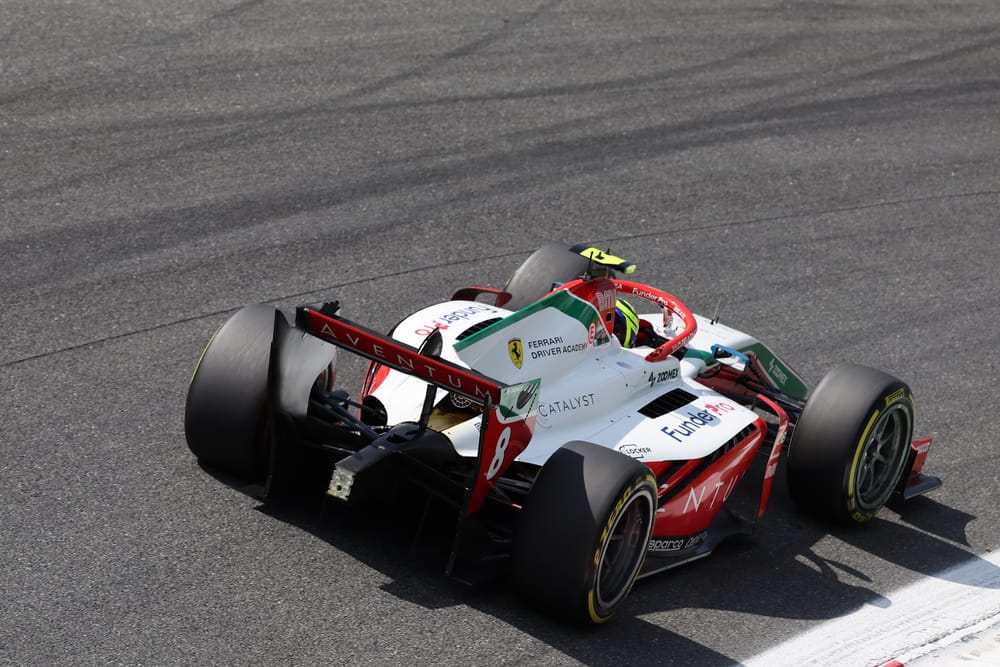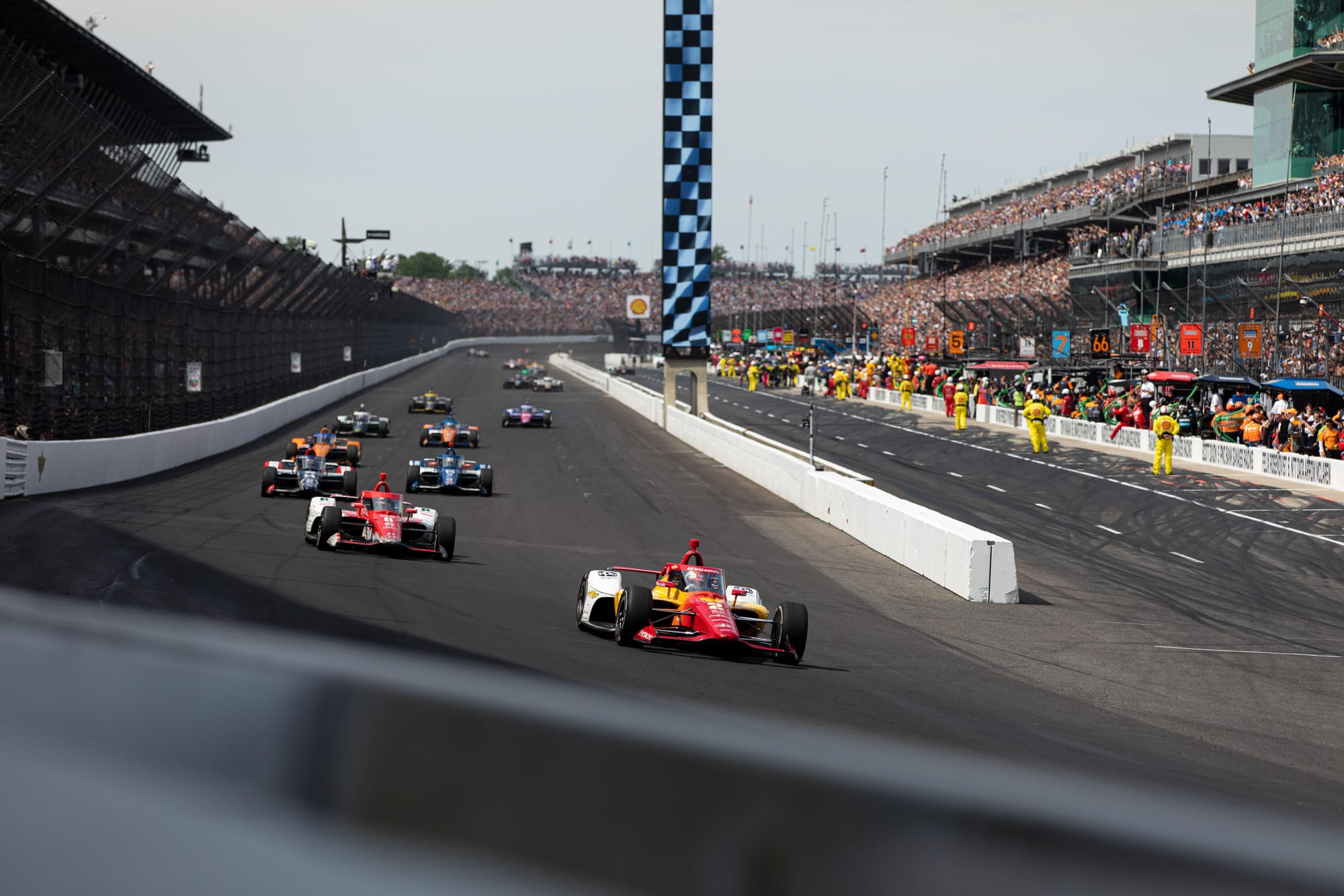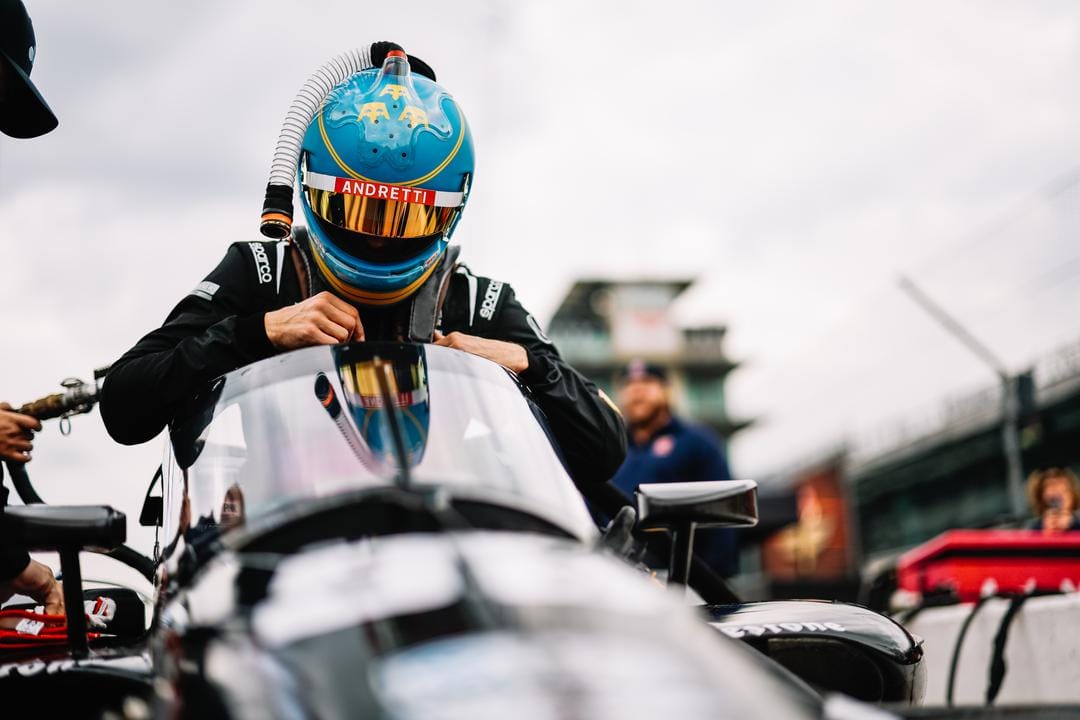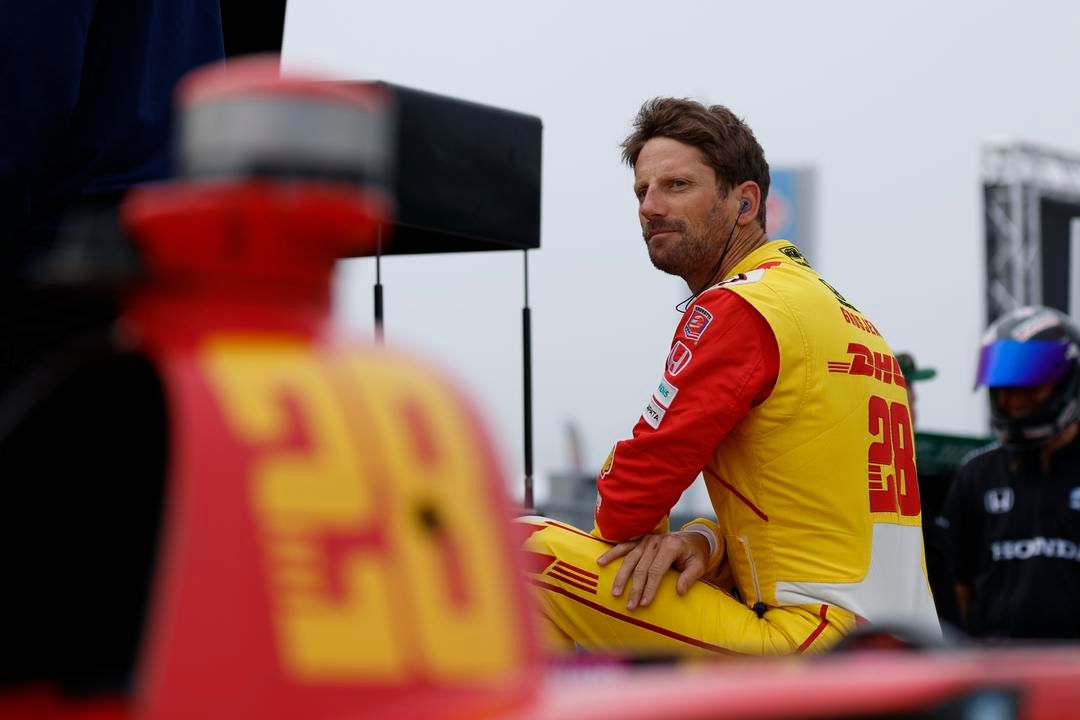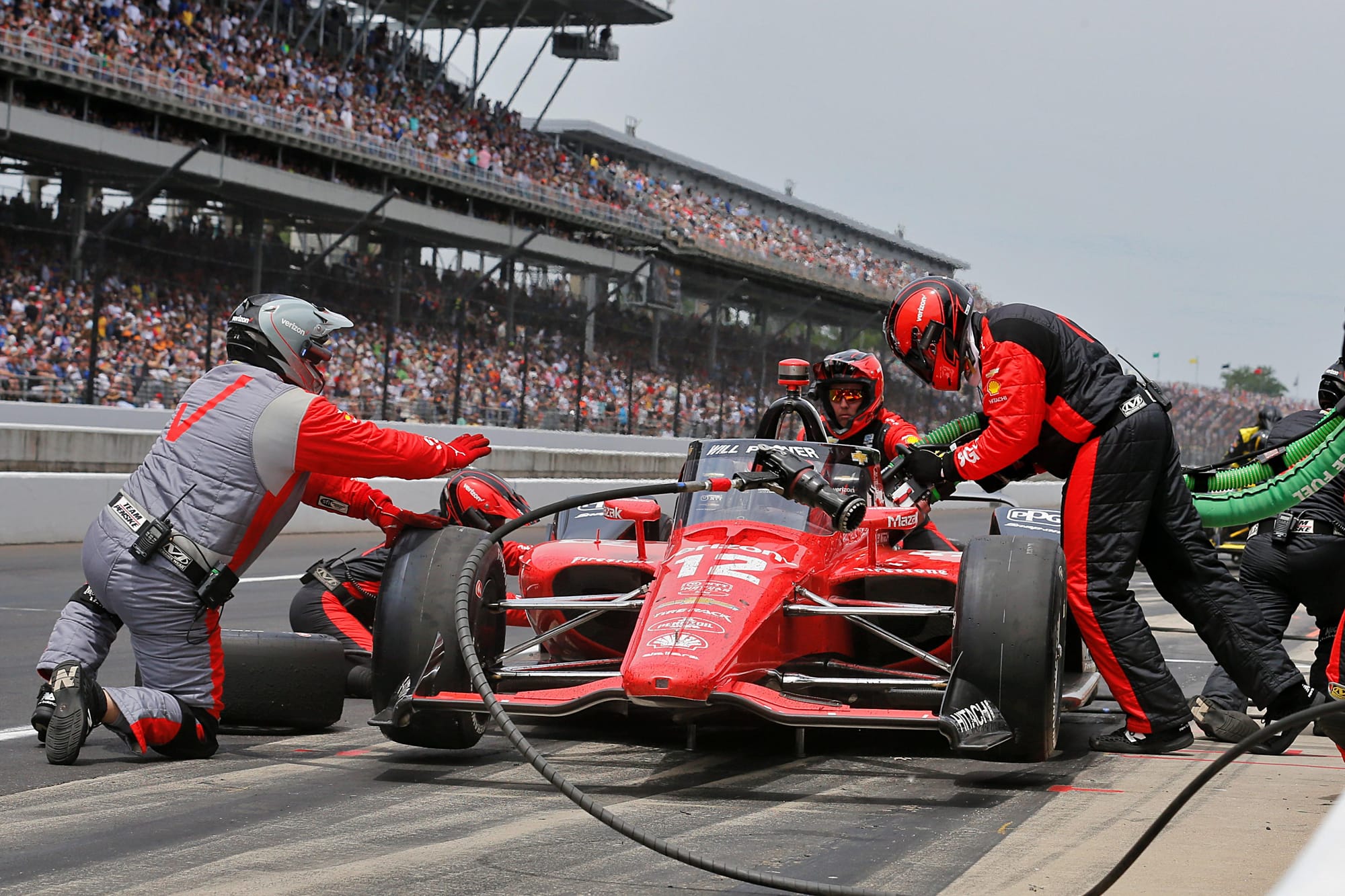The news that Italian racing behemoth Prema is looking at the possibility of starting an IndyCar team should be a huge boost for the series.
The junior single-seater powerhouse is one of the most successful teams on the Formula 1 ladder and in recent years has been steadily expanding further out from its bread and butter of 40 years - helping forge the motorsport stars of the future.
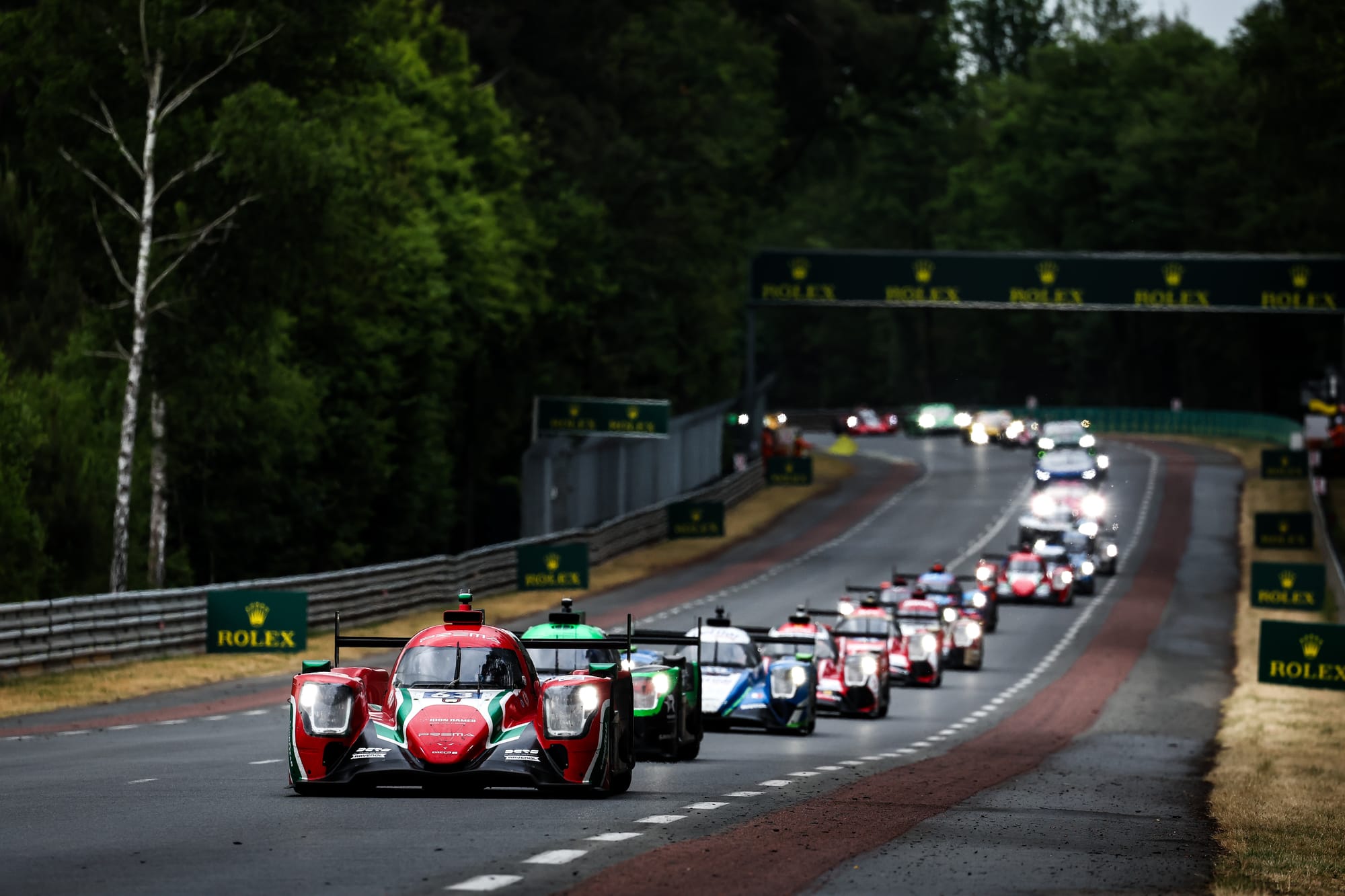
Prema's already tasted title success at LMP2-level in sportscars and, ticking into its 41st year, it's a major operational partner in Lamborghini's new top-class World Endurance Championship project.
And now it even has its eye on IndyCar - as first reported by Racer - but how likely is a switch? How seriously is it looking at the opportunity? What are the major obstacles?
We break down the answers to those questions and more.
Prema might be the best team outside of F1
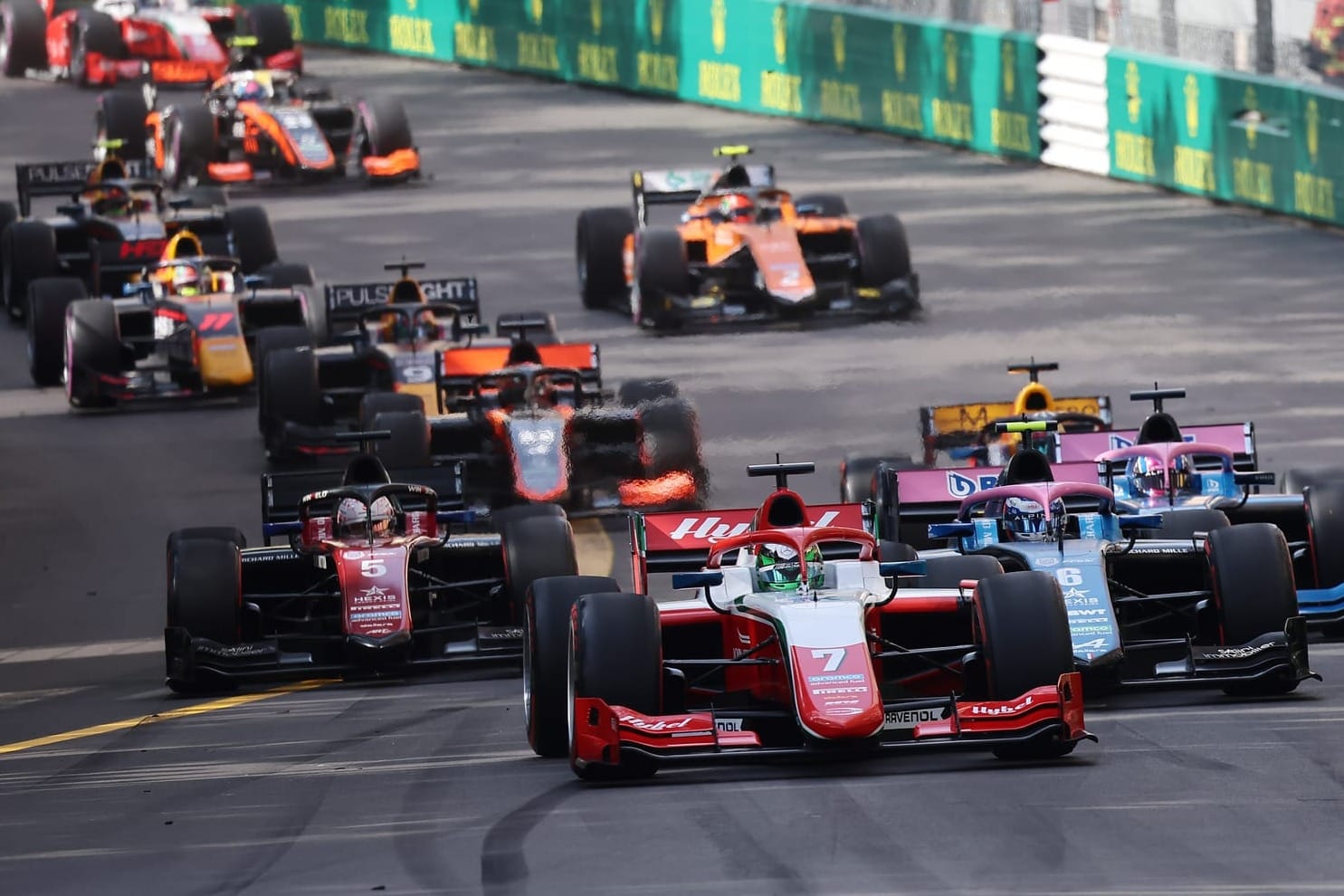
Having worked in the Formula 2 paddock for a number of years, it’s clear to see that Prema is one of the best teams based in Europe.
It is regularly referred to as the best team outside of F1, by both drivers who have raced for it in the past and observers who know how the team works and what it is capable of.
With 150 employees working across its series currently, in size it’s only a fraction behind the likes of Ganassi in IndyCar and, more than anything, the fact that the team is family-run seems like a perfect match for the atmosphere in IndyCar.
I regularly get annoyed when people say IndyCar is ‘laidback’ compared to other series because that makes it sound like it's lazy or less effort goes in. It’s more that there’s a greater priority on enjoying your job and the experience of being an elite racing team while working extremely efficiently with people’s time.
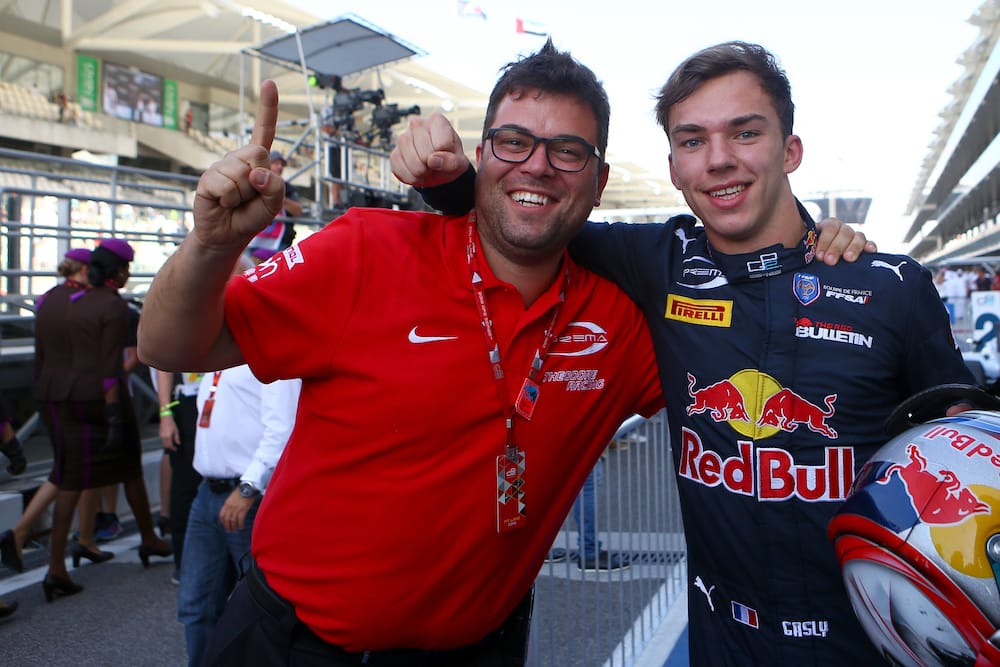
Angelo Rosin started this team and his son, Rene (pictured above with Pierre Gasly) and his wife, Angelina, run the squad day-to-day now.
You get the feeling the way they do things - in a direct, to the point, efficient and decisive manner - would be a great match for IndyCar, which has many family-run or family-style teams already in the paddock.
The engine lease and hybrid situation are tough
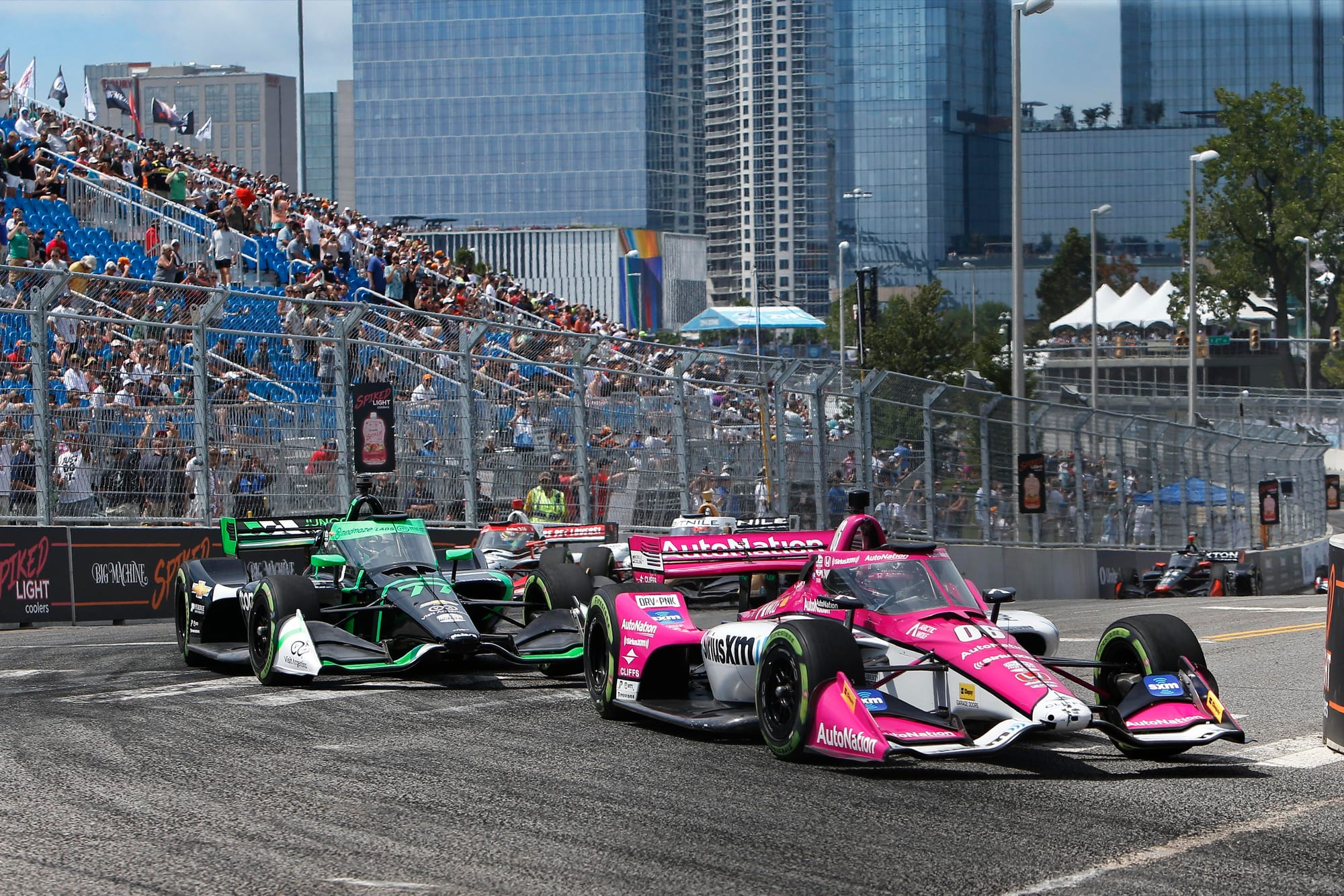
Even before the events of the last two months, which we’ll get to in a moment, trying to get an extra IndyCar engine lease to power your team is not an easy task.
Chevrolet and Honda provide the engine leases for all 27 full-time cars and the 33-35 cars running at the Indianapolis 500 for one month, and lose a colossal amount of money on each of those engine leases.
The antidote to that is Chevrolet or Honda would no doubt be desperate to provide Prema, because its reputation precedes it and the chance for future glory would be too much to pass up.
That's not to mention how much one marque would miss out if the other got Prema and had to compete against it every week.
This story is now further complicated by the hybrid debacle that's taken place over the last two months, whereby the introduction of its super-capacitor device has been delayed for a third or fourth time, depending on which delays you count.
It led to Honda coming out and saying it could pull out of the series if costs don’t come down, and Chevrolet is not happy with the situation behind the scenes either.
Chevrolet also has the matter of a potential F1 engine it's committed to building for 2028 via its General Motors sister brand Cadillac, and who knows whether it could sustain both or would have to pull out of IndyCar should Andretti's bid prove successful.
All these unknowns make it difficult for a team with the gravitas of Prema to make big decisions on an IndyCar future and it could even delay any chance of Prema coming over until the waters are clearer.
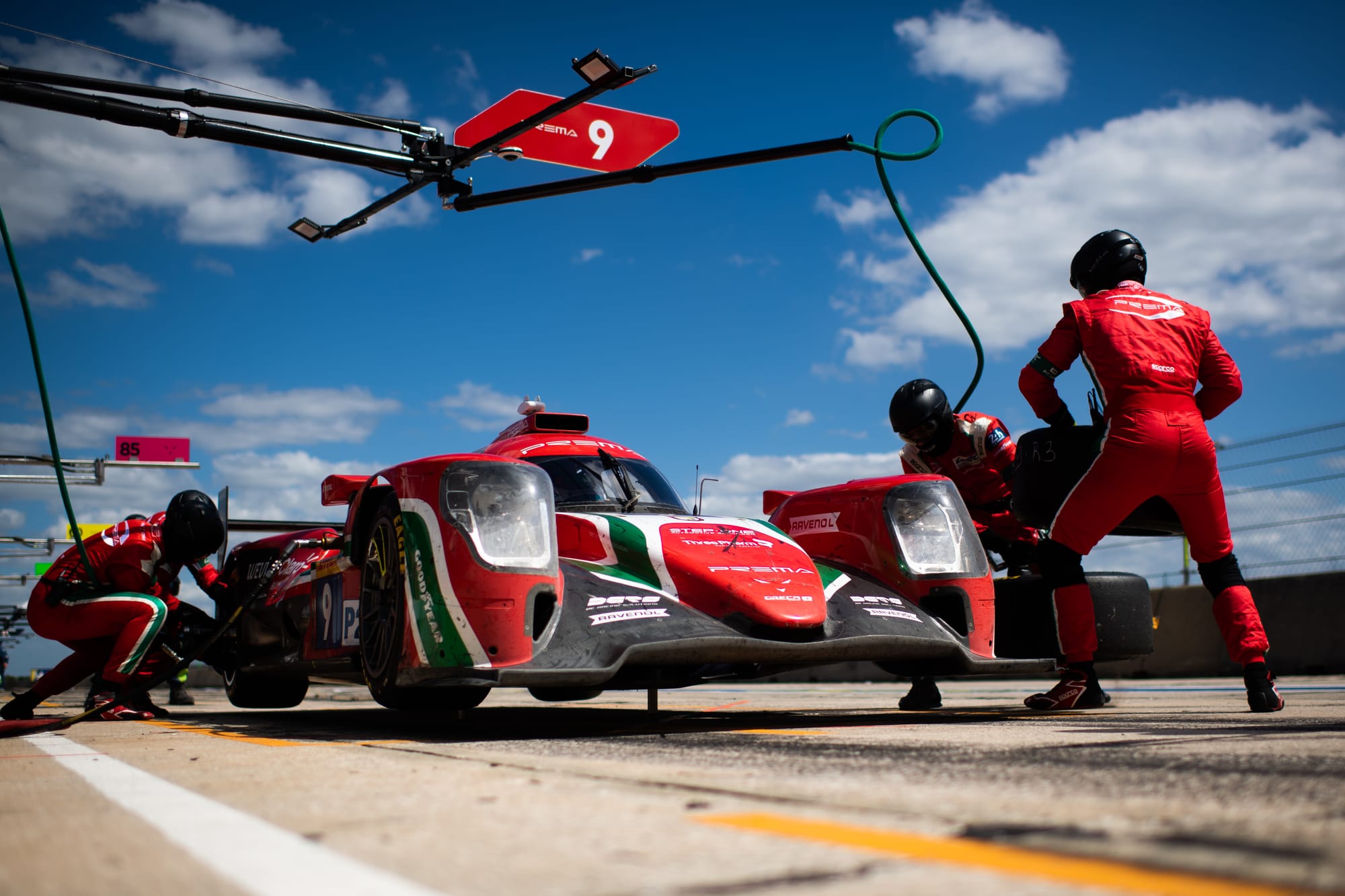
You would expect Prema to do an exceptional amount of due diligence and only move forward with all of the pieces of its jigsaw in place.
Prema doesn’t have much experience with hybrids, and it would miss out on the testing (and races if IndyCar can introduce the hybrid mid-season as planned) in 2024.
The one upside is that if it can get in quickly enough, say for 2025, Prema is coming in during a time of change where - despite the fact that the current engine and chassis will be starting its 14th year at that point - the hybrid will at least be new and it has a significant impact on the car’s performance and set-up style.
Joining at the start of the hybrid era would be the one positive for Prema here. Otherwise, the series is in an ideological state of limbo making it difficult for anyone to plan for the long-term.
It has access to so many drivers
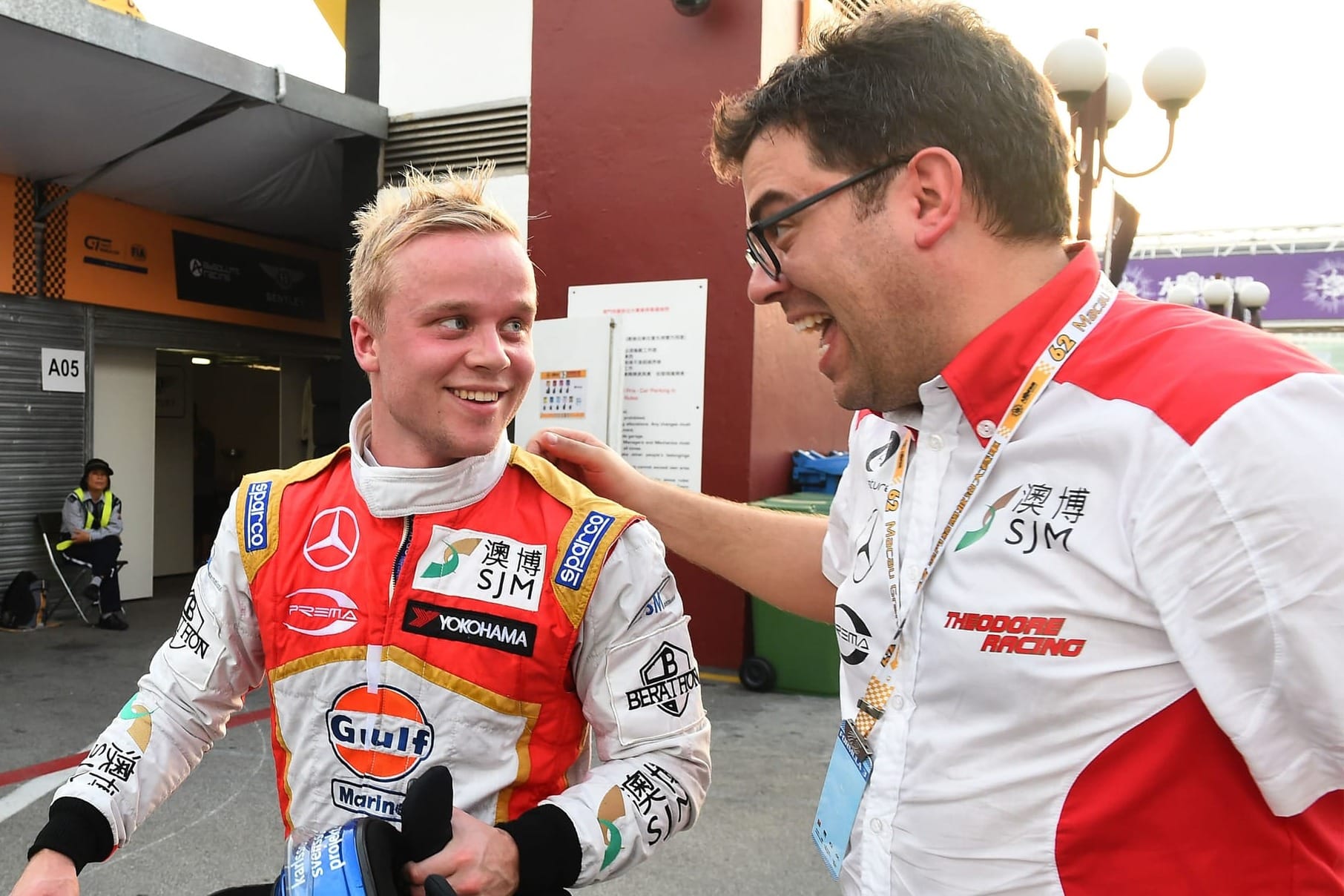
It’s actually bizarre to think that only two of this year’s IndyCar grid, Marcus Armstrong and Felix Rosenqvist, raced for Prema in their junior careers. Callum Ilott was another but he is no longer in the series, though he is someone Prema could tap up for information and help.
Despite there only being two, well over half the grid will have raced against Prema at some point and got to know Rene and Angelina during that time. The Race knows for a fact that some of these drivers, despite not having raced for Prema, have kept in touch with the team and that’s a running theme.
It’s a very well-liked team in the paddock, and drivers who have raced for it before moving on often fondly remembering those years as the best time in their careers or as a real stand-out highlight, at the very least.
In Racer’s article, Felix Rosenqvist, freshly signed up to Meyer Shank for 2024, said it would be a “dream come true” if Prema came to IndyCar and that it is “the best team in Europe, outside of F1”. That’s after Rosenqvist, pictured above with Rene Rosin, raced in Formula E, the World Endurance Championship and DTM to name a few series.
Considering Prema races in sportscars and Formula 2, F3 and F4, you have to believe it has the pick of some of the best young talent in the racing world. With an IndyCar team, it would have an attractive in-house alternative for its F2 drivers who can't make it to F1.
What it can learn from Carlin
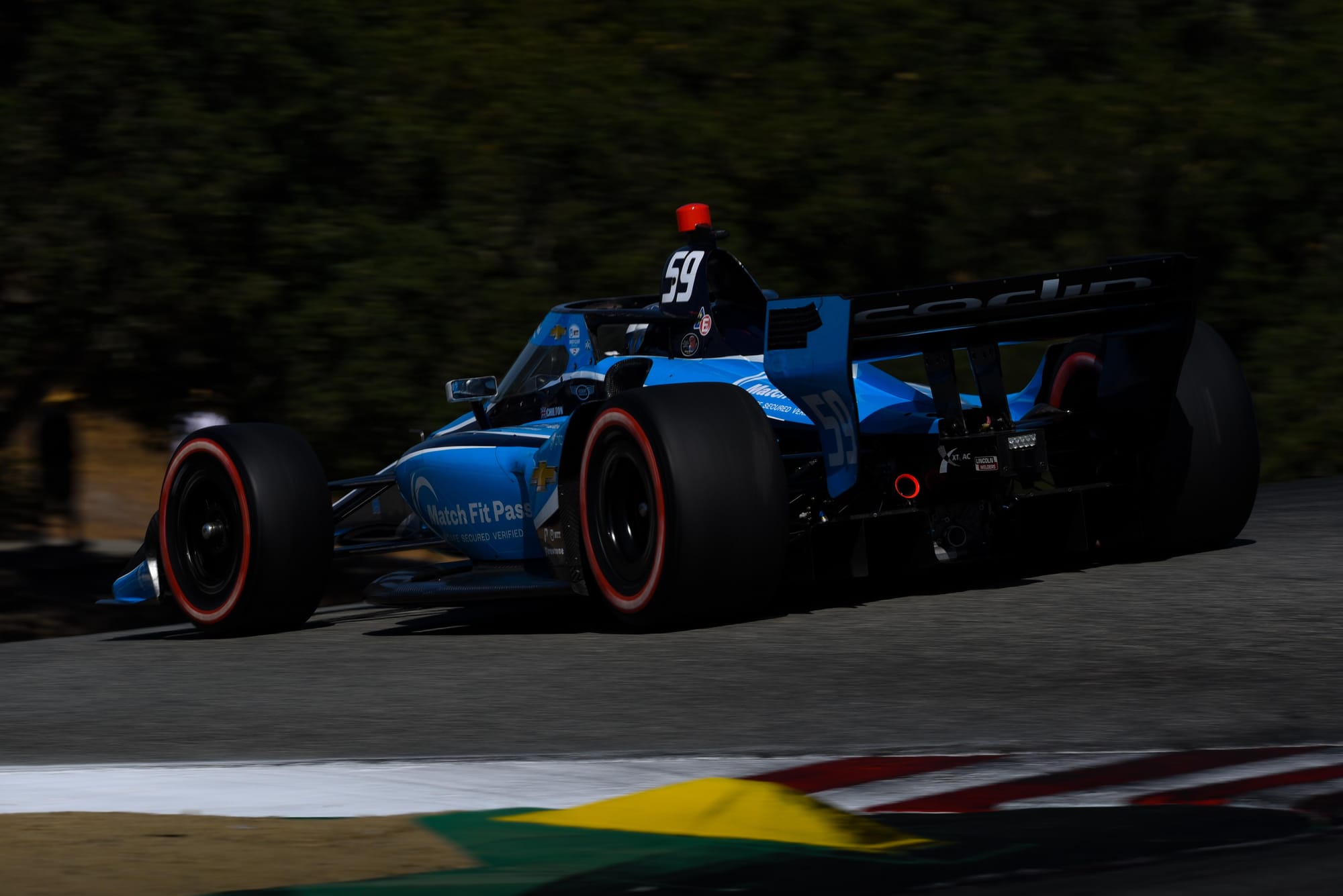
The days when top European junior single-seater teams could aspire to establish themselves in F1 are long, long gone, so with IndyCar often portrayed as a competitive (and budget) utopia compared to F1, it's no surprise that some of the best squads on the cusp of F1 have looked to America instead.
But getting on the IndyCar grid isn't as (relatively) easy as it might seem. During CART's heyday, there was plenty of talk that Formula 3000 giants such as DAMS and Super Nova might crop up on what was by then the Champ Car entry list instead of the brief F1 aspirations they'd wisely given up on. Neither made it.
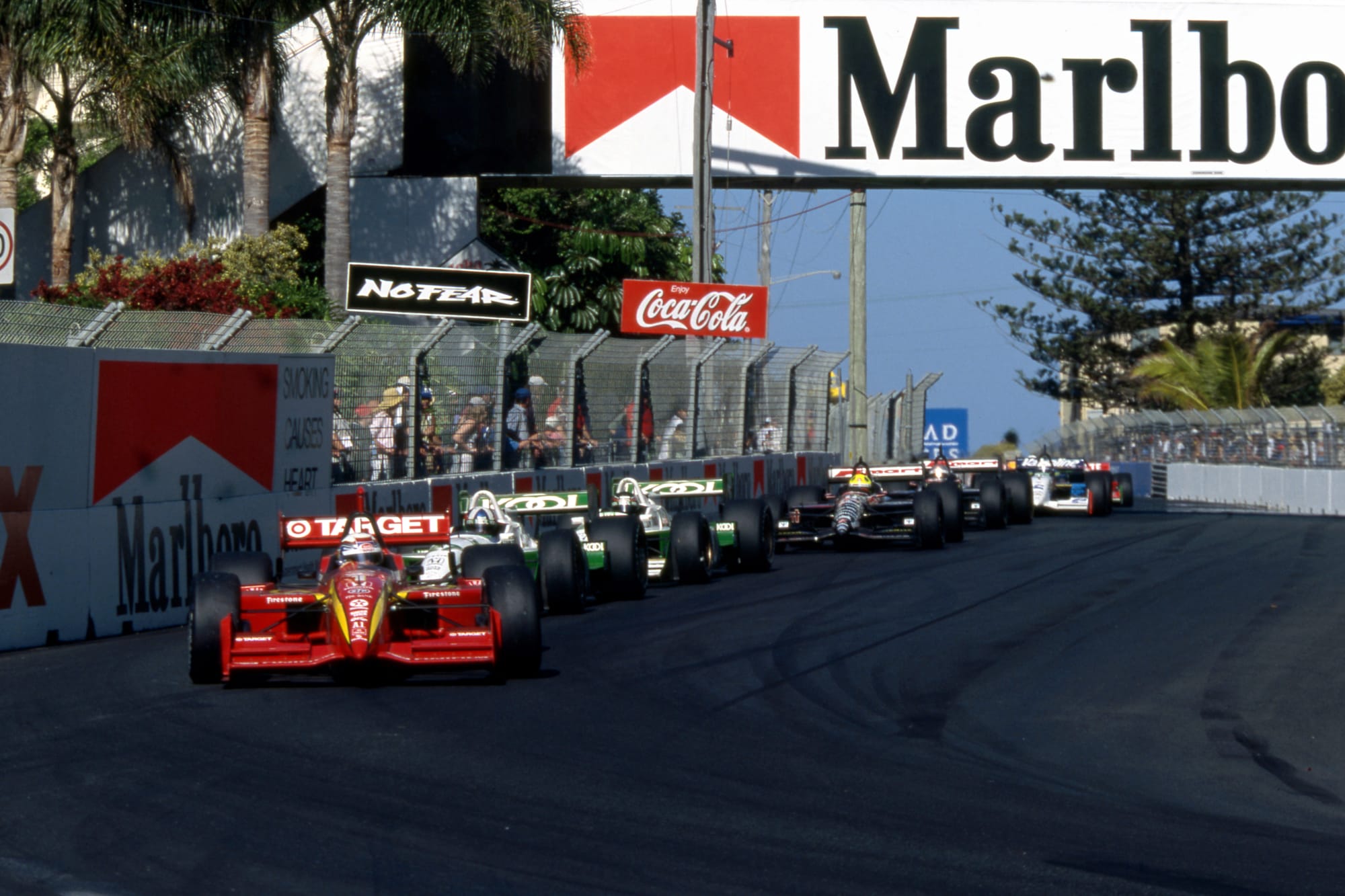
Nearly two decades after those rumours came to nothing, Carlin did pull off expansion from F1 ladder giant to IndyCar regular. But it couldn't sustain it.
While Carlin - renamed Rodin earlier this week - has a big reputation in Europe too, and has won many significant titles just like Prema has. It has almost always been a team operating on a lower budget than some of its rivals, at least in recent years.
It came over to America starting with Indy Lights in 2015 and stepped up to IndyCar with a full-time team in 2018. By the end of 2021, its IndyCar team was finished.
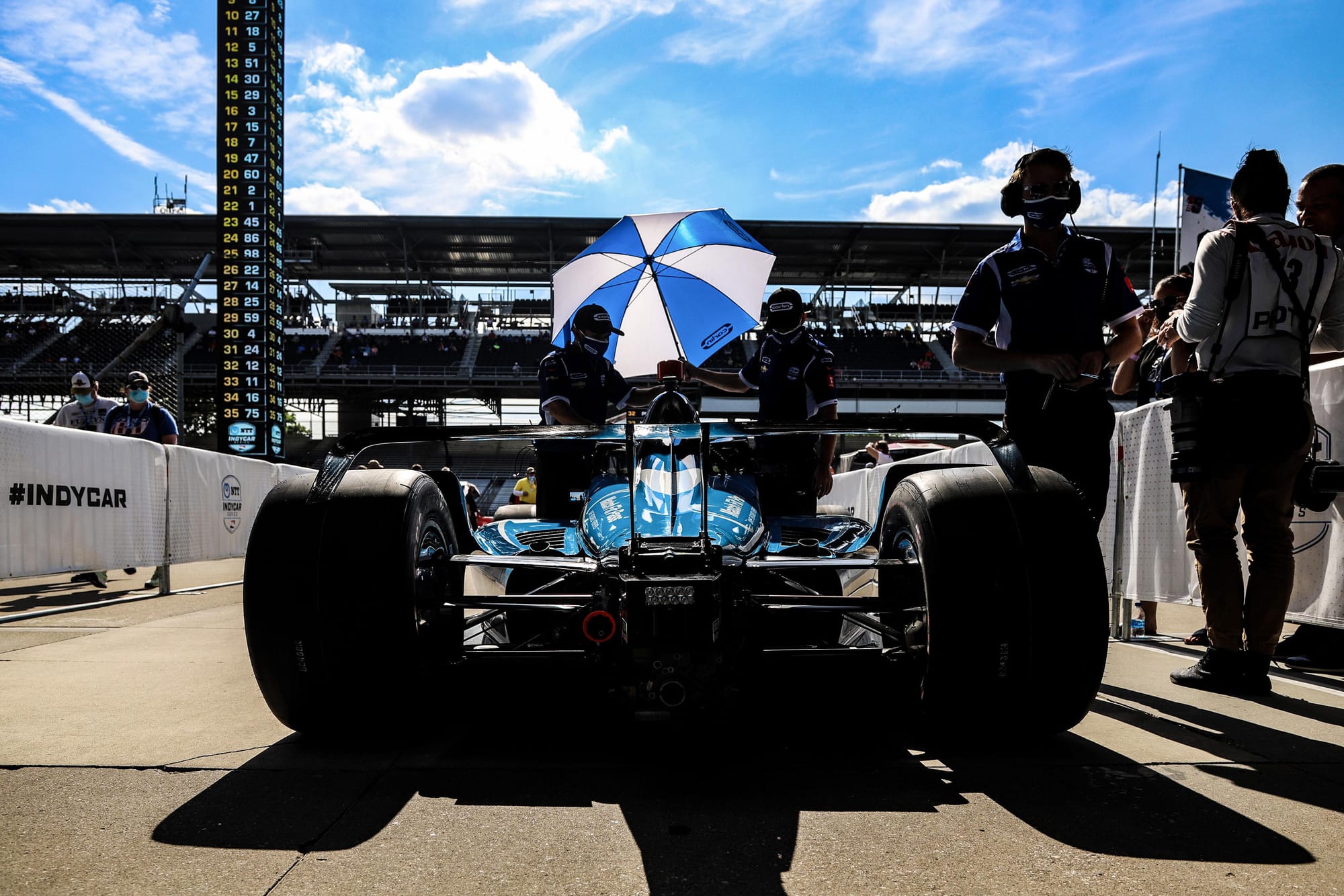
It’s hard to point at where the team failed. Ultimately even teams with an enormous budget teams can get IndyCar very wrong, and Carlin had some good one-off results to show for its time in the series.
Ultimately it probably relied on bringing too many people over from Europe to work for the team with a small base in Florida, and didn’t have the financial backing to do all of the development work that even some of the smaller teams in IndyCar are doing behind the scenes.
And that's without being as well-established as those smaller teams nor with the technical partnership with a bigger team to lean on and shortcut some of the learning.
Juncos Hollinger Racing bought a lot of Carlin’s equipment and has been a slightly stronger contender than Carlin was with an operation run fully out of Indy.
Carlin did a pretty good job with what it had, managing a pole position with Conor Daly in 2020, a feat even some very well-established and better-funded teams haven’t done. That includes Juncos.
But without the resources and a proper priority US factory spearheading its charge, it’s easy to see how it came up short.
How to structure the operation will be tricky
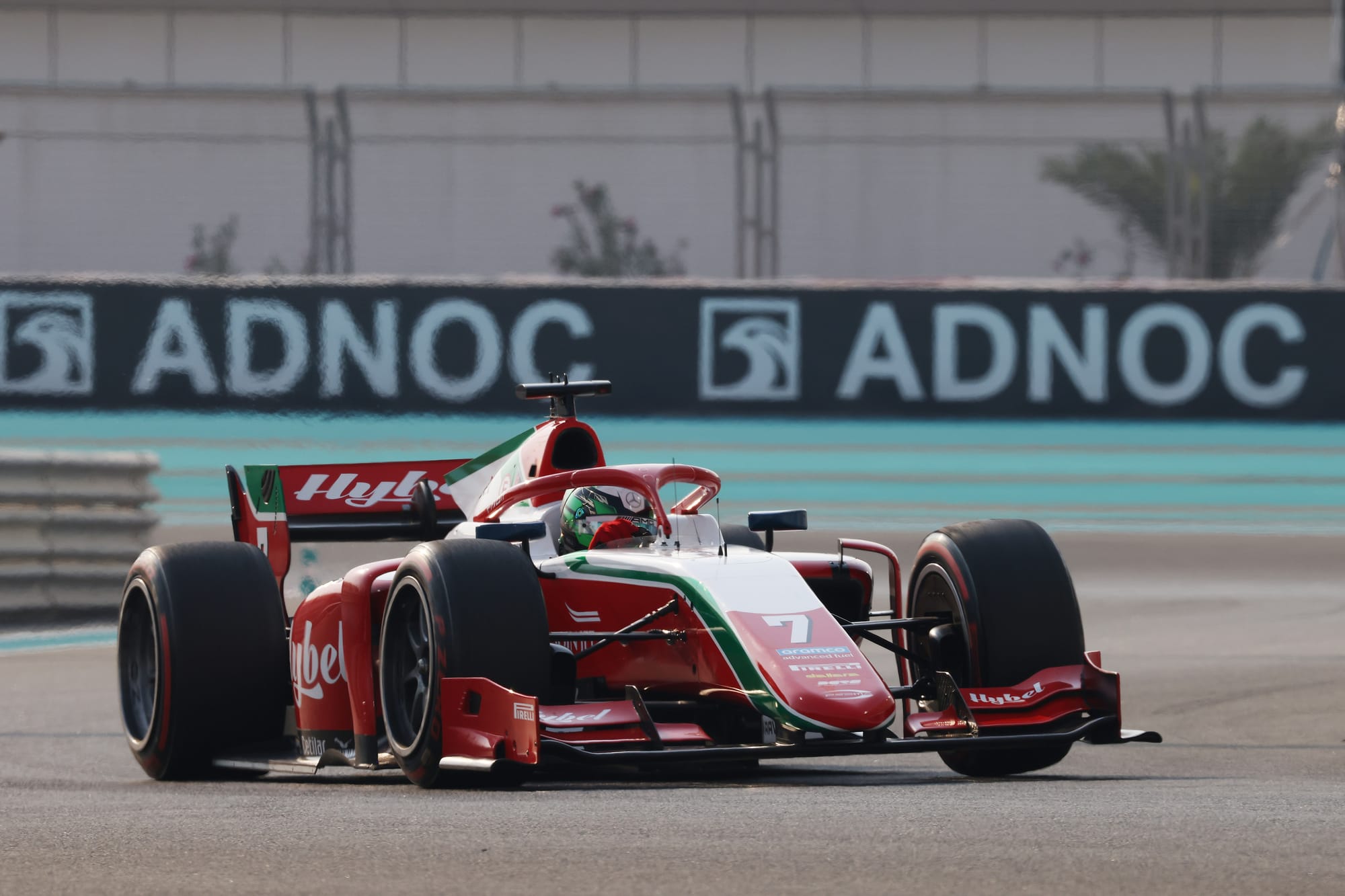
Luckily for Prema, many IndyCar teams are starting to follow a more European structural model with a technical director overseeing the engineering and aerodynamic direction of the team.
Almost all of the teams regularly in contention for wins have gone down this route, many with personnel who have worked in F1 or in Europe before.
IndyCar’s extremely complicated because the dampers are the main area of development allowed, and how you tune them impacts the whole set-up philosophy of the car and how that feeds into the aero set-up, too.
So it feels like in recent years IndyCar teams have started to resemble the sort of set-up that Prema's F2 team does.
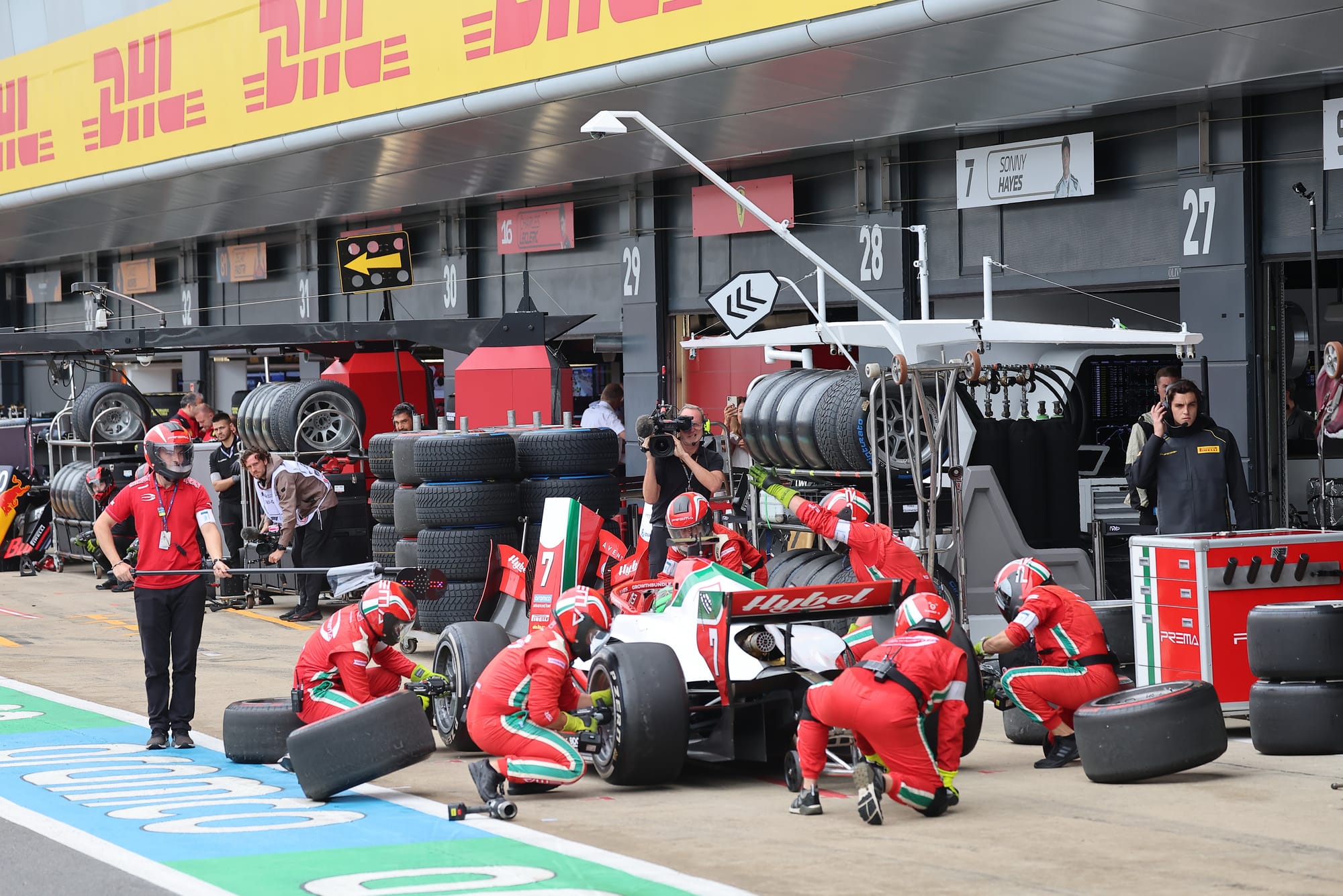
The second element of the structure it would need to get right is treating the IndyCar team as its own operation run out of the US as its own entity, with European personnel just feeding in as a back-up.
Prema will know all this; it’s hired Piers Phillips to consult on the project and he helped modernise parts of Rahal Letterman Lanigan’s operation between 2018 and leaving the team at the end of 2022.
The big difference in how the IndyCar team might run compared to F2 is with team personnel and pitstops. With so many double and triple headers and the Indy 500 month alone requiring 100s of pitstops, it’s vital to have personnel to sub in and out and have them training every week of the regular season and even harder in the off-season to be in fighting-fit shape.
Pitstops and strategy is where so much time is found in IndyCar. You don’t get people making 5-10 seconds up on track very often but it’s easy to lose that in the pitlane.
Mechanics and engineers are at a premium too, at least top-level ones are. Some only want to do the Indy 500 as they don’t want to do a gruelling schedule, which can both make it easier to find Indy 500-specific people, but also make it tougher to staff for the rest of the season.
Prema won’t be able to bring all of its mechanics and engineers from Europe, so this will be the first time Prema needs to staff a team at such a distance rather than recruiting from within Italy and Europe as it usually would, where it likely knows pretty much everyone working in the industry, too. America will be a new frontier.
Should it sign a technical partnership?
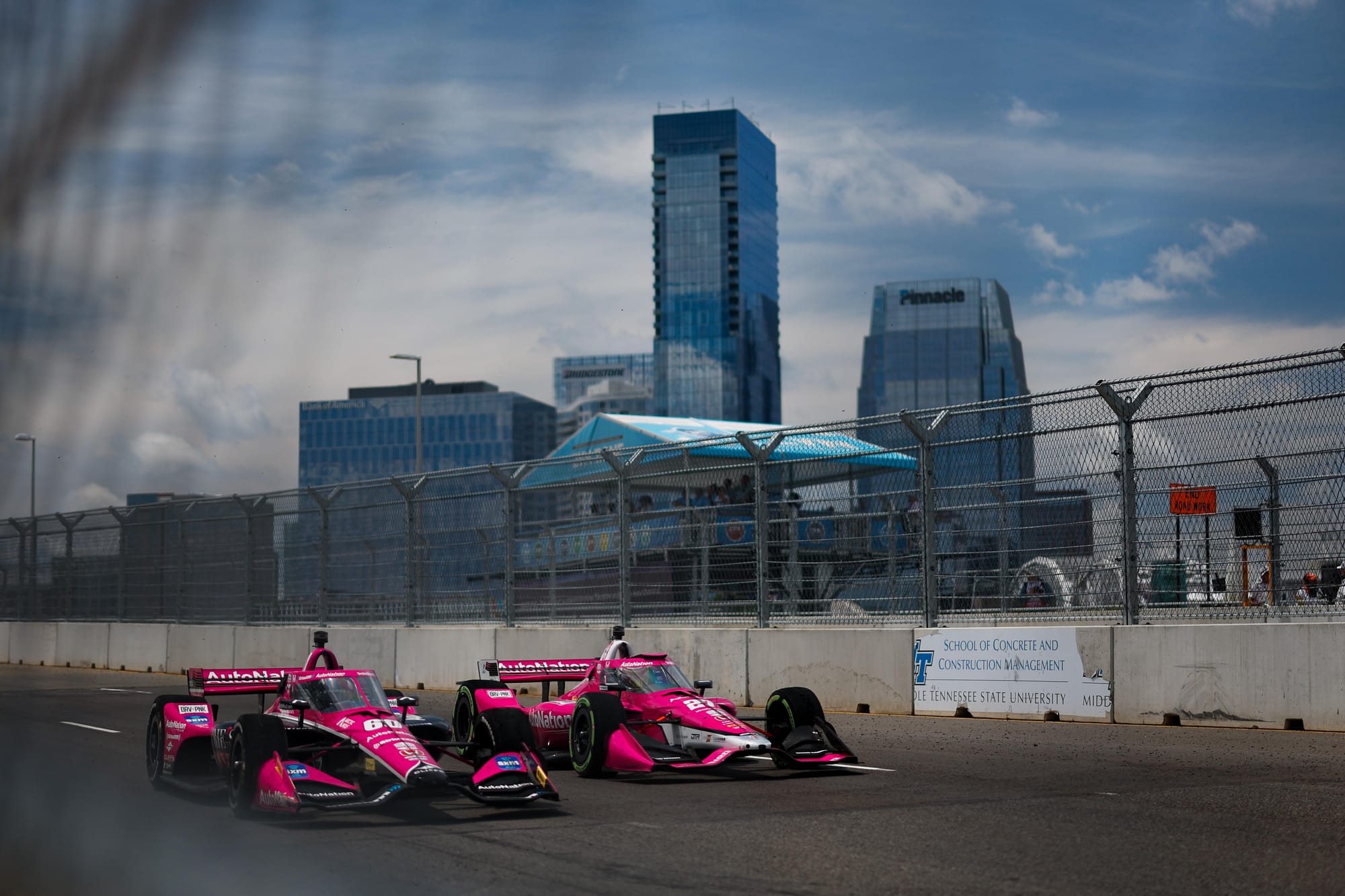
Prema doesn’t strike me as the sort of team that would be willing to do a technical partnership, because it trusts its own people and would want to apply its knowledge without giving that away to a potential rival.
But it could be a short-term solution while getting the car and team in place and getting up to speed quickly.
We’ve seen Meyer Shank come in with an Andretti partnership and win the Indy 500 within a couple of seasons, but we’ve also seen Juncos Hollinger make a relative success out of going it alone, although even that was born out of buying Carlin equipment and technical data.
Ganassi would be the only Honda team likely to want to do such a deal that would be competitive enough to make Prema interested, but I highly doubt Ganassi, like any other team, would want to help Prema knowing it could just speed up a new rival’s development.
Will it happen?
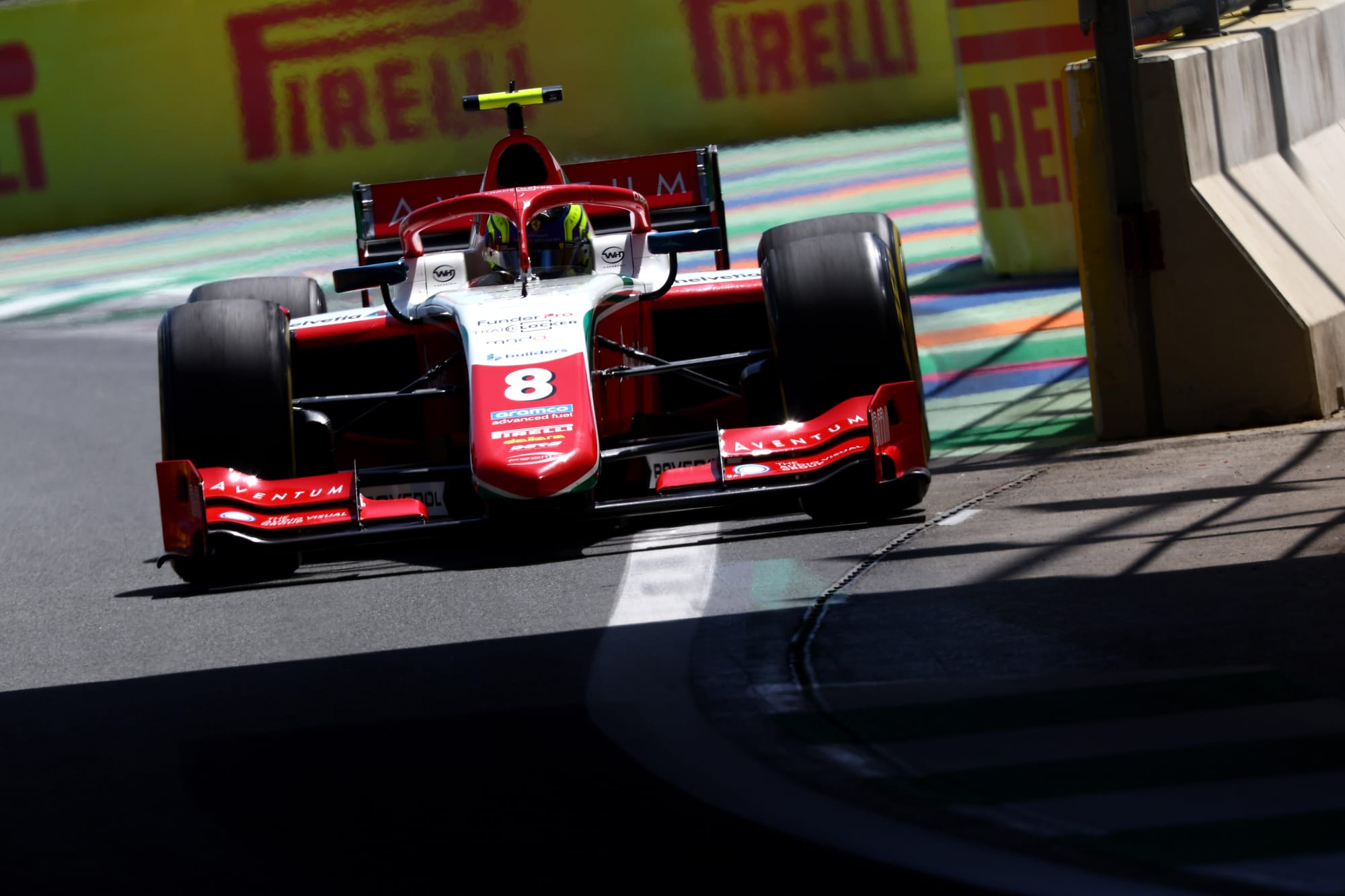
A lot of this will depend on how much resource Prema wants to put in, and what the IndyCar landscape looks like when it does enter.
If there’s an engine lease available - and that’s a big if, especially if it goes for two cars as you'd expect - and the hybrid has been relatively successfully incorporated, you can definitely see Prema making the switch.
It has the knowledge and expertise to make it work and is arguably the best talent conveyor belt in junior single-seaters anywhere in the world through F4, F3 and then F2.
The barriers are the engine lease, the cost, which will be very significant indeed, probably well upwards of $10million to do it properly, and the ideological battle IndyCar has over what it does in the long-term.
It’s a big ask and at the moment I’d say the cons outweigh the pros for Prema.
But those at Prema are racers to the core and if the team sets its mind to something, you can believe it will make it happen or get very close trying.


